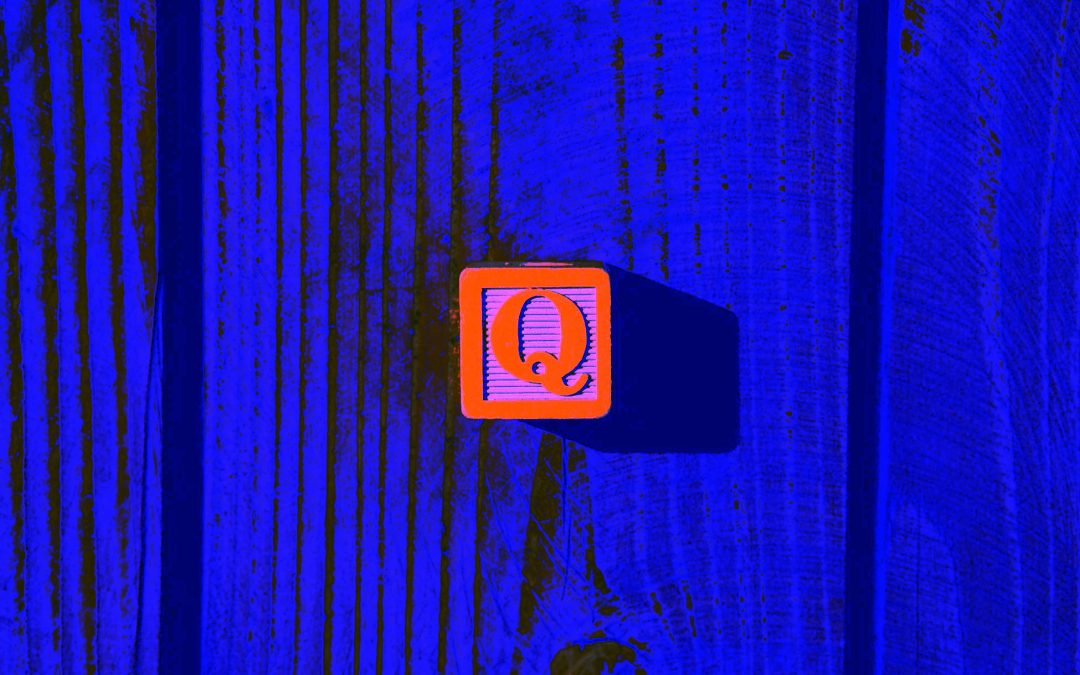Introduction
Quantum sensing is an area of research that uses quantum devices to overcome the classical limitations of magnetic and other field detection. For example, quantum sensors have recently been developed for the position, navigation, and timing detection at the atomic scale. These devices can provide positioning data that can substitute for a conventional positioning system. But the field of application is much broader, with interesting development prospects. Among the applications of quantum, sensors are quantum radar, which deserves special attention.
The applications of quantum sensors are numerous
Quantum sensors have applications in a wide variety of fields, including microscopy, positioning systems, communication technologies, electric and magnetic field sensors, as well as in geophysical research areas such as mineral exploration and seismology. Many measurement devices use quantum properties to make measurements, such as atomic clocks, superconducting quantum interference devices, and nuclear magnetic resonance spectroscopy. With new technological advances, individual quantum systems can be used as measurement devices, using entanglement, superposition, interference, and compression to improve sensitivity and outperform conventional strategies.
The special case of quantum radar
Quantum radar currently tends not to be considered an operational technology. Does it already allow the detection of stealth aircraft? This question has given rise to much speculation but does not seem to have received an answer accepted by everyone.
The principle of quantum radar is still quantum entanglement. The idea is to send an entangled photon to probe space, and to extract information by measuring its double, which is kept at hand.
Some of the difficulties involved in the realization of an operational quantum radar are known. The first challenge lies in the limited range of the device, due to the loss of coherence of the entangled photons. Moreover, current classical radars can interrogate many targets, whereas quantum radars are limited to a single polarization or range. To overcome the loss of information caused by photon decoherence, advanced analysis techniques are required. It cannot be excluded that this technology is not suitable for military use. But it could also undermine all existing stealth technologies.
Conclusion
One thing seems certain: military R&D agencies are showing great interest in quantum sensors and radars, including seeking to hybridize them with conventional optical systems. Quantum radars are among the topics around which a technology race is currently taking place, with a major neutralizing effect on stealth technologies on the horizon. But, regardless of military rivalries, the gains in precision at the finest levels that they allow in a host of civilian applications are enough to ensure their place on R&I agendas. The impacts in the fields of nanotechnology and life sciences could indeed be major.


